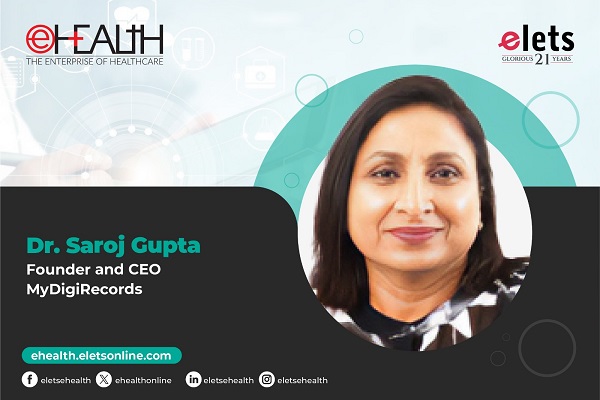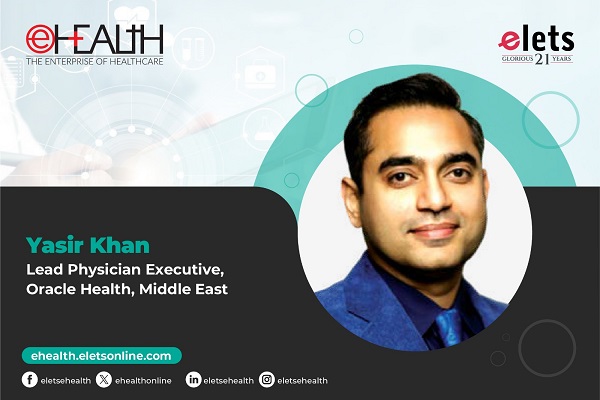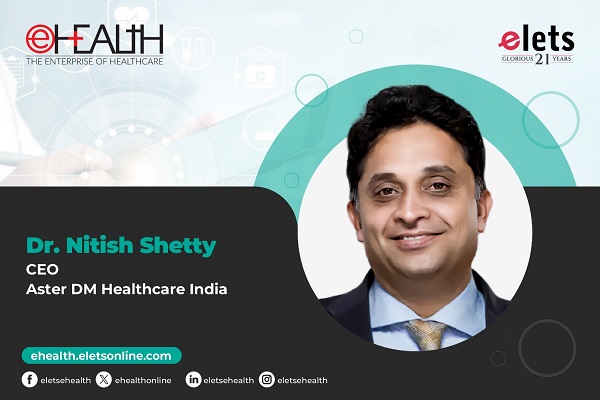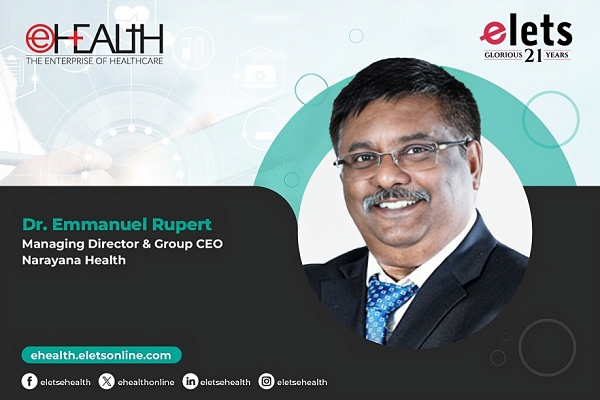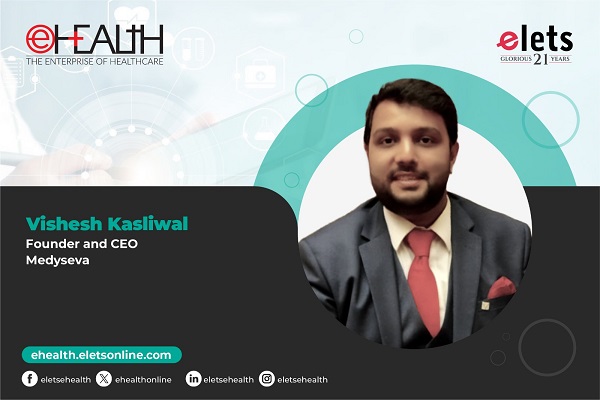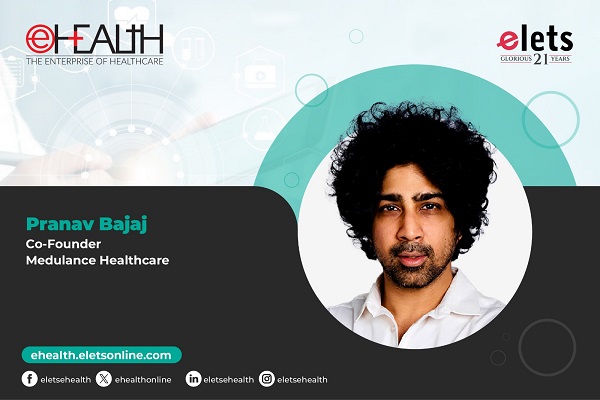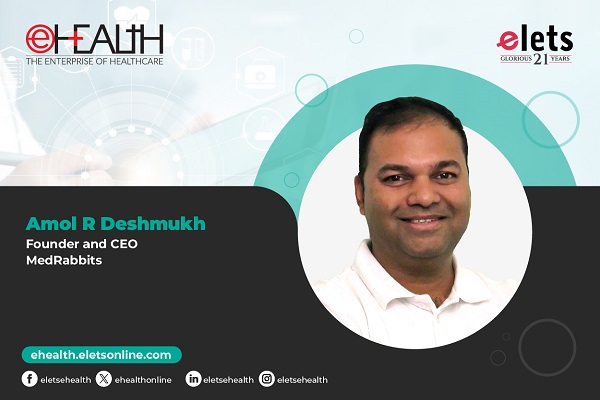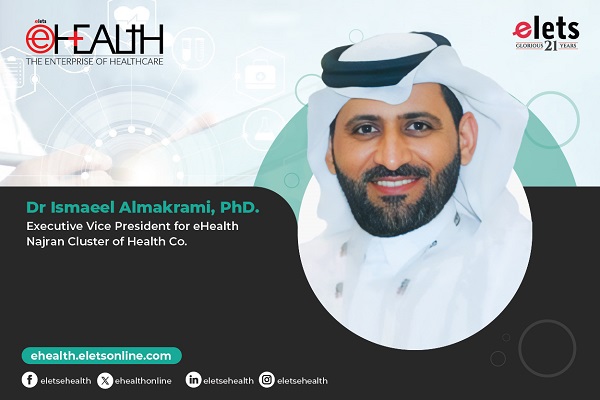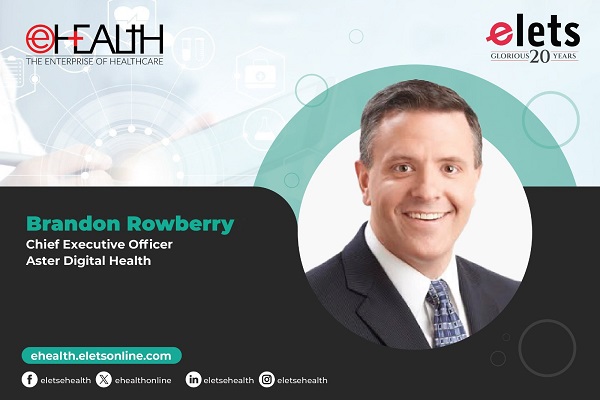According to a recent study by the National Insurance Academy (NIA) the health insurance cover in India stands at a meager 1.08%. Does it give a perception of opportunity or does it indicate a daunting business challenge necessitating a paradigm shift in public perception?
The health care market in India offers a tremendous opportunity for health insurance both in the rural and urban areas. A large proportion of the population is still unable to access quality health care, therefore, it gives us the opportunity to provide affordable, accessible, available and quality care to the population. We can provide these facilities by:

-
Creating awareness of the importance of health insurance and providing adequate information and education of the product to the masses.
-
Providing products that are cost effective and fulfill the needs of the individual.
-
Creating innovative Channels of distribution.
-
Providing good quality services thereby building the faith of the consumers.
-
Providing simplified products and Claim services.
What has been the strategy of major health insurance players such as Tata-AIG Life to benefit from this enormous untapped potential?
Tata AIG Life was the pioneer in launching the first health product in the country way back in 2003. We have recently got an IRDA approval for a critical illness return of premium product.
-
We are now going to introduce products targeting the masses and in particular, specific niches like women, children and elderly citizens. The aim of products should be to help individuals maintain their lifestyles come what may.
-
As per the McKinsey report, the health care spending will be primarily on lifestyle diseases, especially cancer, cardiovascular diseases, diabetes and chronic respiratory diseases. Products based on lifestyle diseases will be introduced in the market.
-
Introduction of innovative products offering a right mix of flexibility/ risk / return depending which will suit the appetite of the customers.
What public policy interventions would you recommend for popularising health insurance in India? How differently would you deal with the rural and urban Indian market?

Widely perceived to be inequitable, expensive, over indulgent in clinical procedures, and without standards of quality, the private sector is also seen to be easily accessible, better managed and more efficient than its public counterpart.
Given the overwhelming presence of private sector in health, there is a need to regulate and involve the private sector in an appropriate public-private mix for providing comprehensive and universal primary health care to all.
Hospital Gradation Scheme is one of the schemes that IMA has announced as a very positive and pro-active scheme, which will help improve the healthcare delivery system of the country
There has to be a differentiation in product coverage and pricing based on Urban and Rural locations. For the Rural market, the need is an affordable product, offering basic coverages along with quality care. The Urban market demands augmented services besides just getting quality core product/services.
Health insurers have been rallying for hospitals and nursing homes to be graded so as to reduce the high claims ratio on the risk covers they sell. What is your comment on this particular need of the industry and what are the predictive business benefits of such a grading system?
There is a massive difference in private spending on health care services between different states in different levels of hospitals. It is to be noted that in India, nearly eighty per cent of the healthcare delivery system is handled by the private sector and the rest by government. Hospital Gradation Scheme is one of the schemes that IMA has announced as a very positive and pro-active scheme, which will help improve the healthcare delivery system of the country in the long run, and bring forth a considerable degree of transparency in the working of the medical profession. There will be specifications on technology, manpower availability in the hospital and related medical services like X-ray, diagnostic laboratory, hospital infection control, biomedical waste management, etc. Standardised procedures and pricing among different levels of hospital will help us in having a benchmark for Claims processing throughout the country.
What is your view on a possible national policy mandating data-sharing among healthcare providers, payers and TPAs, perhaps something on the lines of HIPAA in the US?
State governmental health agencies collect and maintain a wealth of data to help them identify health problems, develop and uate interventions, and make decisions about purchase or delivery of health services. By linking and sharing data among the healthcare providers we will be able to move beyond traditional ways of looking at health services and develop an understanding of how each of us can play an important role in improving and assuring the publics health. Also we will need to address the security and privacy of health data as these standards are meant to improve the efficiency and effectiveness of the nations health care.
What are your views on the possibility of India developing a National Health Information Exchange? How would it impact the insurance industry?
The health informatics market in India is on the verge of a rapid growth phase. Health information technologies can be tools that help individuals maintain their health through better management of their health information. Health IT will help consumers gather all of their health information in one place so they can thoroughly understand it and share it securely with their health care providers so they get the care that best fits their individual needs.
The insurance industry can use data warehousing, management and mining to gauge the profitability and potential of various customer and product segments.
Health information technology (Health IT) allows comprehensive management of medical information and its secure exchange between health care consumers and providers. Broad use of health IT will:
-
Improve health care quality;
-
Prevent medical errors;
-
Reduce health care costs;
-
Increase administrative efficiencies;
-
Decrease paperwork; and
-
Expand access to affordable care.
The insurance industry can use data warehousing, management and mining to gauge the profitability and potential of various customer and product segments. Understanding the customer better will allow insurance companies to design appropriate and customized products, determine pricing correctly and increase profitability.
What are your expectations from the government regulators in terms of standardisation of clinical procedures and pricing models in the healthcare industry?
The fragmented nature of healthcare sector in India makes pricing very critical, since it varies widely depending on the provider and the location. As per classification of city and grading of hospitals, insurance companies are classifying hospital packages into standardised slabs. TPAs are pursuing this scheme of standardisation. There is a need for uniformity in standards and a comparable price structure among healthcare centres offering similar services in the absence of which Insurance Industry cannot take off. This domestic accreditation system along with a code of ethics, besides ensuring a uniform price band is expected to go a long way in ensuring a set standard of services. The government needs to work towards setting up an accreditation standard and give it a statutory status.
How do you see the future of health insurance in India in the short and long term perspective?
In the short term perspective the health insurance industry is expected to grow at a rate of 25% annually till 2010. In the long term perspective, it is expected to grow at a rate of 5% annually thereafter.
McKinsey estimates that the health care spending in India will increase from Rs 86,000 crore in 2000-2001 to over Rs 200,000 crore by 2012. Hence, health insurance would see significant growth as it will be seen as a viable option for Health Care financing.
Be a part of Elets Collaborative Initiatives. Join Us for Upcoming Events and explore business opportunities. Like us on Facebook , connect with us on LinkedIn and follow us on Twitter , Instagram.


